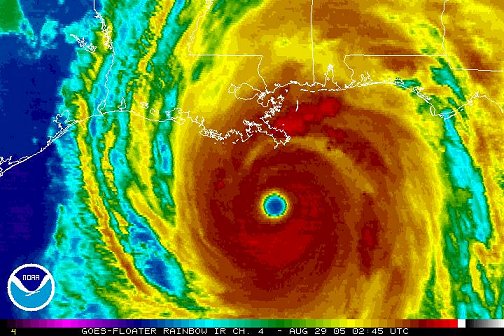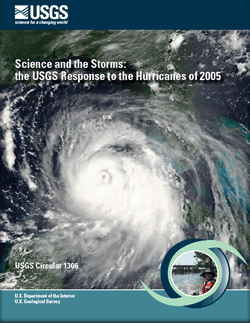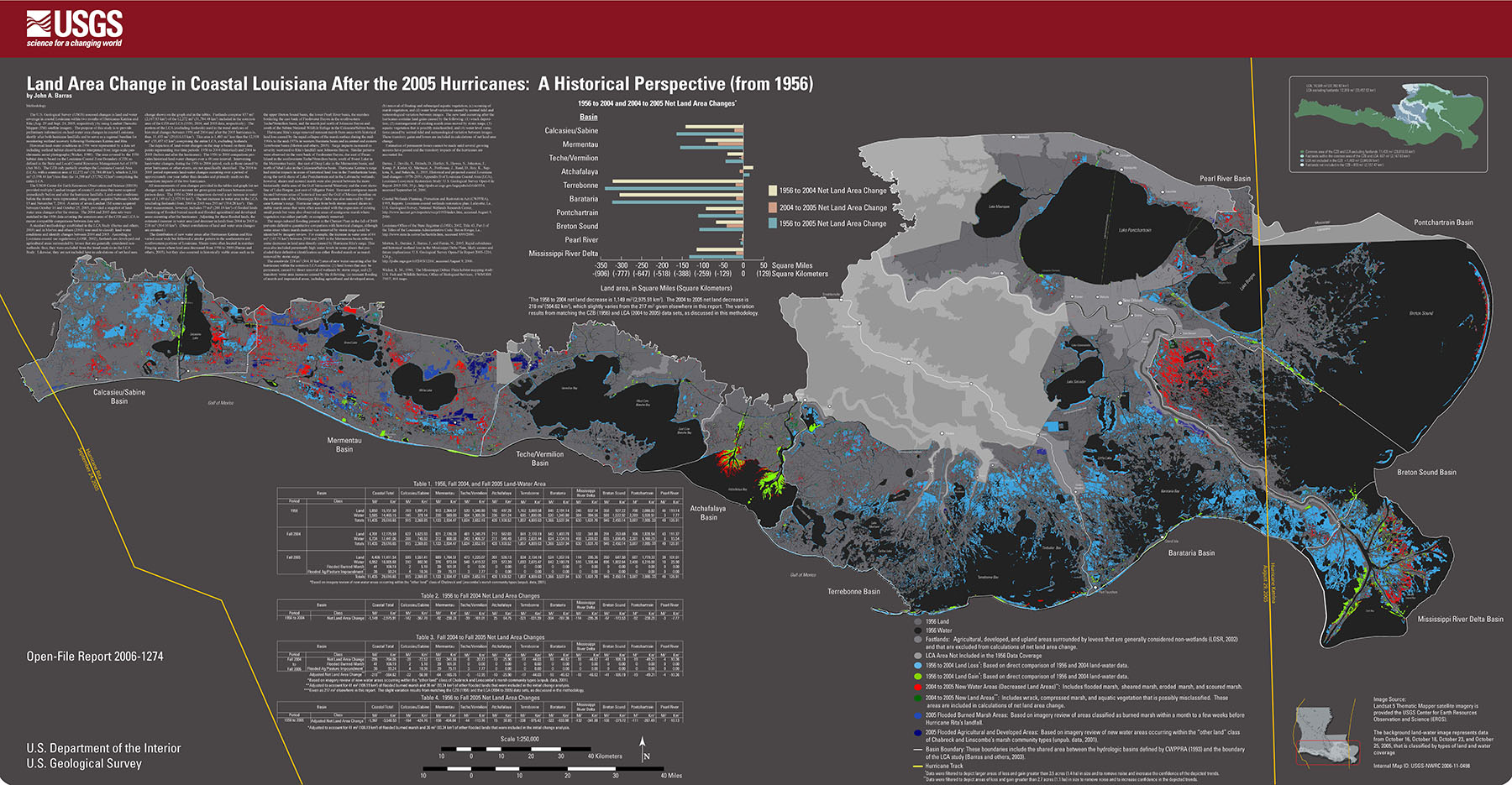Civil Defense and Homeland Security: A Short History of National Preparedness Efforts (2006)
This report is the result of a requirement by the Director of the Department of Homeland Security’s National Preparedness Task Force to examine the history of national preparedness efforts in the United States. The report provides a concise and accessible historical overview of U.S. national preparedness efforts since World War I, identifying and analyzing key policy efforts, drivers of change, and lessons learned. While the report provides much critical information, it is not meant to be a substitute for more comprehensive historical and analytical treatments. It is hoped that the report will be an informative and useful resource for policymakers, those individuals interested in the history of what is today known as homeland security, and homeland security stakeholders responsible for the development and implementation of effective national preparedness policies and programs.
The Federal Emergency Management Agency (2010)
Publication 1 (Pub 1) is the Federal Emergency Management Agency’s (FEMA’s) capstone doctrine. Pub 1 describes FEMA’s ethos, which is to serve the Nation by helping its people and first responders, especially when they are most in need. It identifies FEMA’s core values of compassion, fairness, integrity, and respect. Finally, Pub 1 delineates eight guiding principles that provide overarching direction to FEMA employees for the performance of their duties.
Introduction to Crisis, Disaster, and Risk Management Concepts
The purpose of this chapter is to introduce the reader to current and historical crisis, disaster and risk management concepts, to define the four phases of emergency management, and to highlight issues concerning communications, business continuity planning and international disaster programs. Also included in this chapter is a discussion of the attributes of a successful emergency management system that will be illustrated in the case studies presented in this book.





